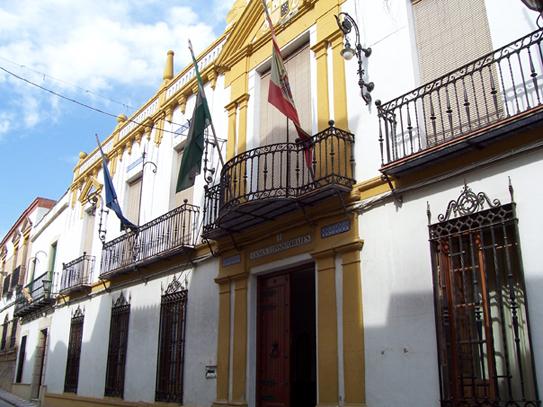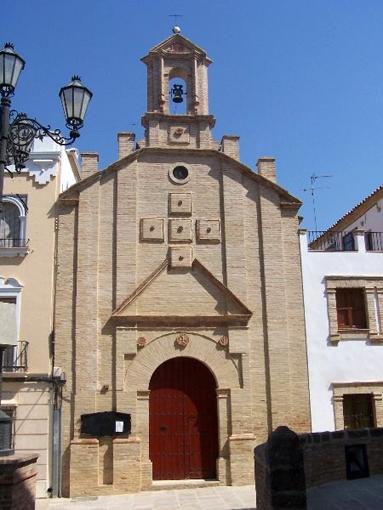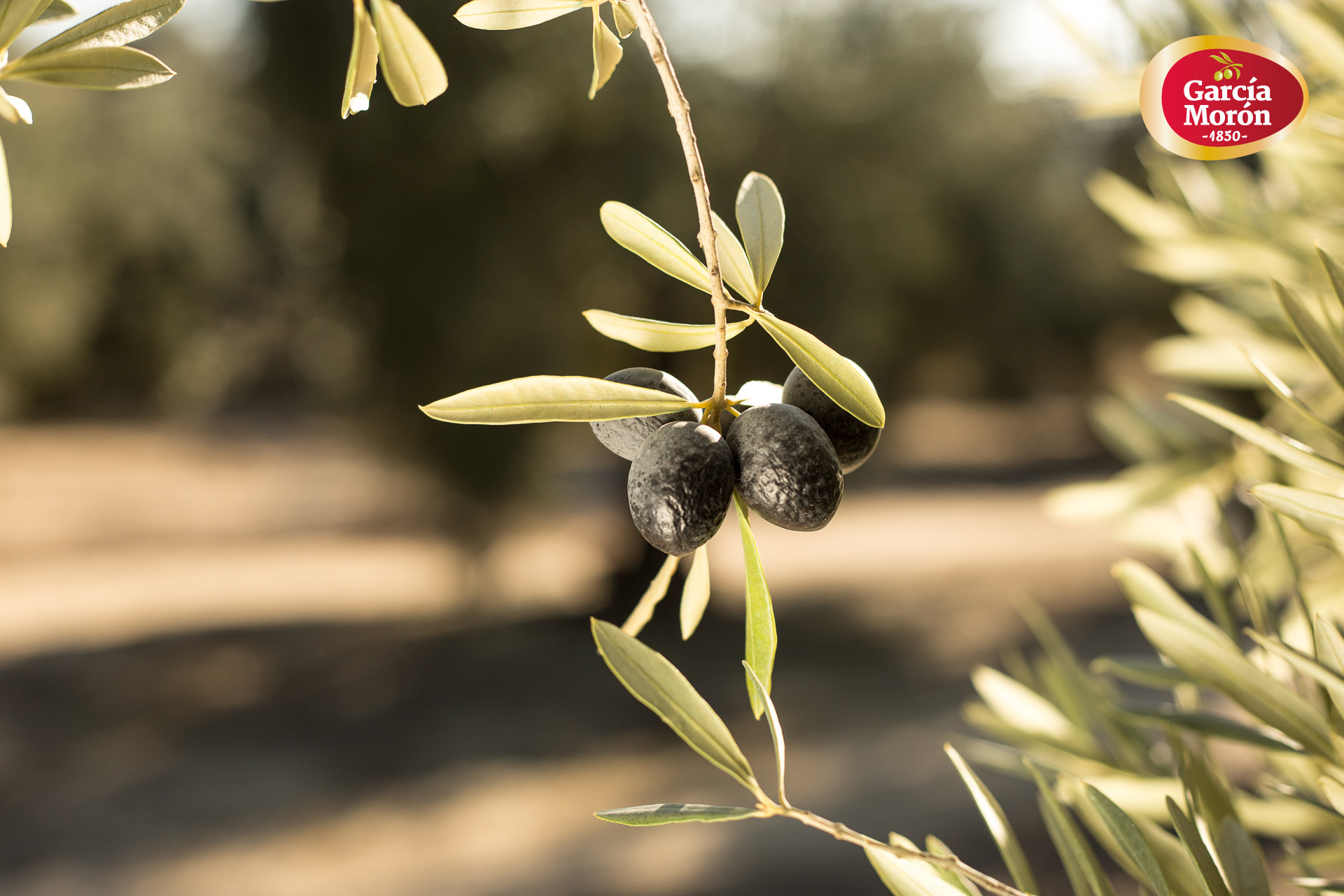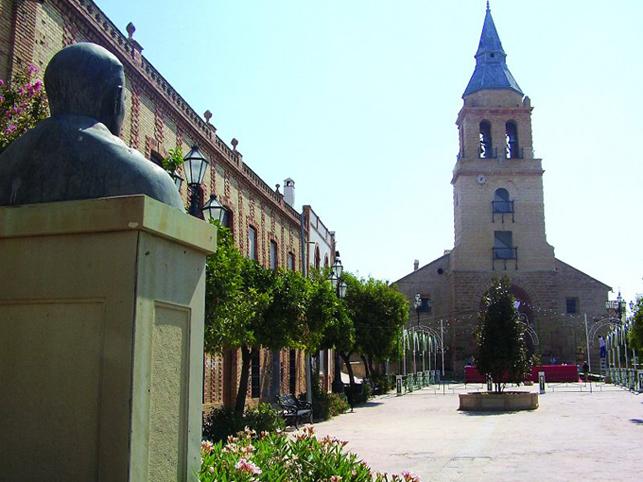Arjonilla
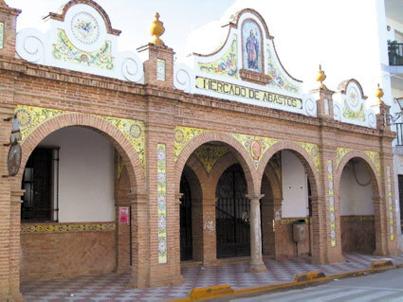
Little village situated to the west of the province, south of Andujar, in a landscape full of olive trees.
Within the village you can find monuments such as the Castle of Macias, the Amorous, the Church of la Encarnación and the Court House or Old Town Hall.
History
During most of its history, it belonged to Arjona until it was sold to its inhabitants, event which took place in the country house of Pelpite.
Its origins are not clear but we know that in the 17th century there were in the village one hospital, three asylums and well equipped schools.
The first human settlements date back to prehistoric times, more precisely, in the archaeological site of Cerro Venate.
The archaeological site of las Herrerias shows signs of being inhabited during Roman and Visigoth times.
In the al-Andalus period, the village belonged to the same district as Arjona.
The Christian re-conquest was led by King Fernando III. It became separated from Arjona when it was given to Gonzalo Perez. In 1397 it became property of Ruy Lopez Dávalos and later passed to his son, the Marquis of Villena.
In 1553 it was granted its Village charter by King Carlos I.
During the War of Succession, at the beginning of the 18th century, it played an active role on the side of Felipe V providing troops.
In the War of Independence, there was a skirmish against the French in the Amarguillos AREA.
At the beginning of the 20th century, its industrial activity began, encouraged by the arrival of the railway.
Eminent citizens
Manuel García Morente, philosopher, professor and writer.
Matías Ruz, painter.
Marchá, painter.

- Max 17
- Min 5
- Max 62
- Min 41
- °C
- °F


